6 Fruits With Surprising Flavors
Why settle for a banana when you could be tasting lemon meringue pie?
When adventurously sampling new fruits, our ancestors encountered plenty of surprises. Toxins. Unexpected flavors. Shockingly bad smells. In spite of these deterrents, foragers forged ahead, leaving us with the immense horticultural catalogue we have today.
But fruit can still surprise us. Whether it’s a bright-orange bulb that tastes like peanut butter, a poisonous lychee relative that becomes edible and egg-like when cooked, or a Pacific Island native that doubles as sugary treat and fibrous dental floss, these plants show us that the fruit world still holds many wonders for those willing to explore it.
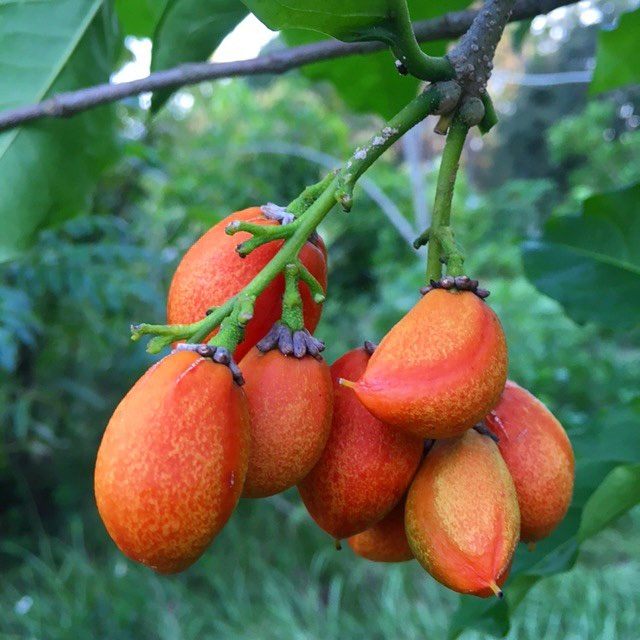
Peanut Butter Fruit
If you encounter this small, reddish-orange fruit in the rainforests of South America, you might mistake it for a grape tomato. But take a bite, and you’ll taste a smooth, dense pulp with a flavor that’s remarkably similar to peanut butter. Andean cultures enjoy it raw, baked into cakes, and blended into milkshakes.
It’s also a common ingredient in jams, where it can blend the taste of peanut butter with the texture of jelly to create an all-in-one PB&J spread.
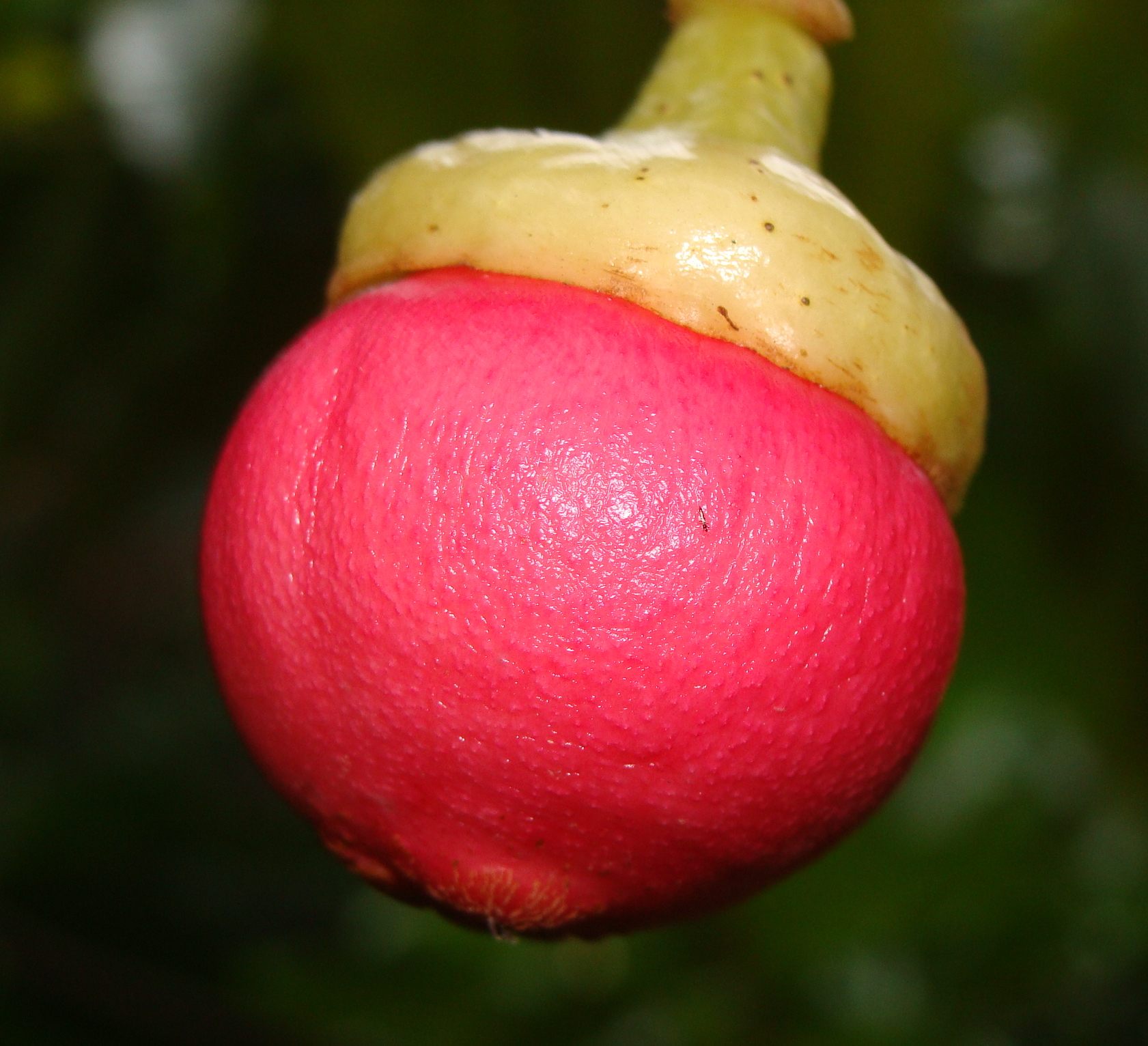
Engkala
This bright pink, green-capped nugget is also known as the “Borneo avocado.” Sold throughout markets in Borneo’s state of Sarawak, the engkala does taste of avocado, but with rich overtones of sour cream and buttermilk.
After soaking the fruit in hot water, diners simply squeeze out its white flesh, add a dash of salt, and pop it in their mouths.
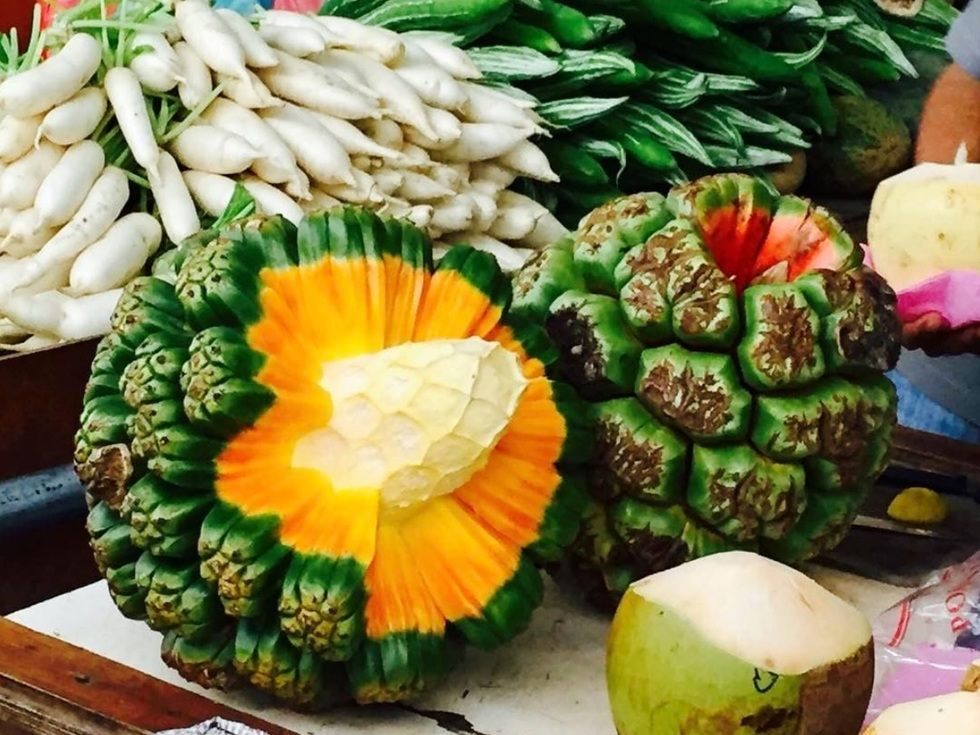
Hala
Slice it in half, and it looks like an exploding planet. Juice its pulp, and it tastes like sugarcane and mango. String pieces of its dried fruit together, and it becomes a lei.
Residents of Hawaii and the surrounding Pacific Islands have been using the versatile hala fruit for centuries—as a food, a medicine, and an aphrodisiac. Its fibrous skin has another handy use: Diners once used it as a natural dental floss.
Olosapo
Fans of this Central American fruit compare its flavor to egg custard and butterscotch. It’s not sold commercially, so the only way to find it is to forage in the wild (or someone’s yard). Ripe fruit will be lumpy, bright yellow, and soft.
You can enjoy olosapo raw or take it home to make creamy milkshakes and smoothies. Some say the sweet, eggy flavor lends itself to making egg-free “eggnog.”
Ackee
When cooked, this savory relative of the lychee tastes like scrambled eggs. Left uncooked, however, it contains dangerous levels of hypoglycin A, a poison that can cause vomiting, hypoglycemia, comas, or death. The ackee’s hazards haven’t stopped Jamaicans from falling in love with the buttery fruit. In fact, it makes up half the island’s national dish, ackee and saltfish (rehydrated salt cod). You can get canned ackee, but the fresh version—even with the potential risks—is worth a trip to Jamaica.
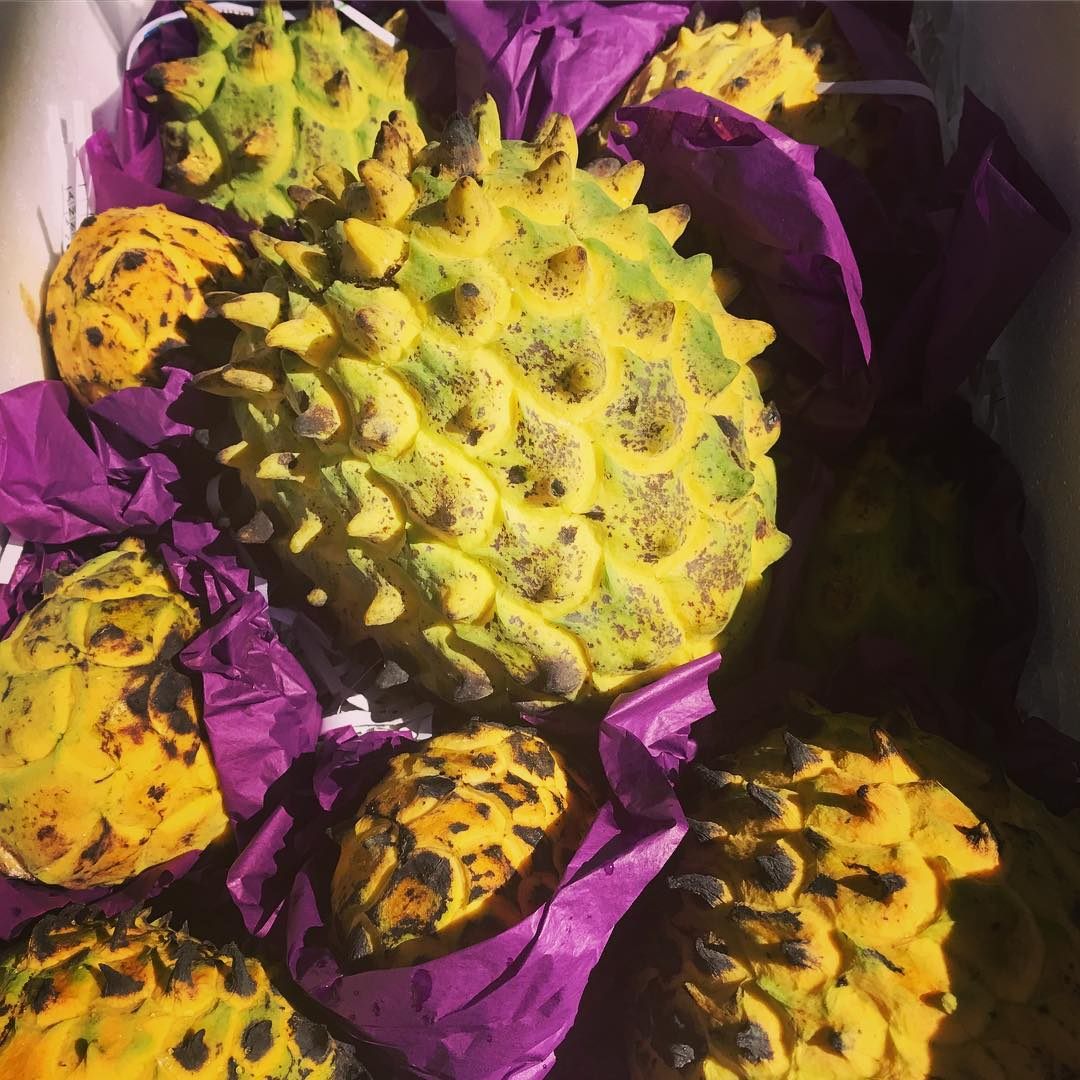
Rollinia
The full name of this Brazilian fruit should give an indication of how it tastes: Rollinia deliciosa. Housed inside a vibrant yellow, spiky exterior is a sweet, creamy pulp with notes of banana, pineapple, coconut, and a distinct lemon-meringue flavor.
You can enjoy the fruit on its own or in the form of wines, sauces, flans, ice creams, and souffles. Despite their prickly appearance, rollinia fruits are very sensitive to touch and travel. They’re most widely available in Brazil, but if you’re lucky, you might find a few in markets in Florida and Hawaii.
Gastro Obscura covers the world’s most wondrous food and drink.
Sign up for our regular newsletter.



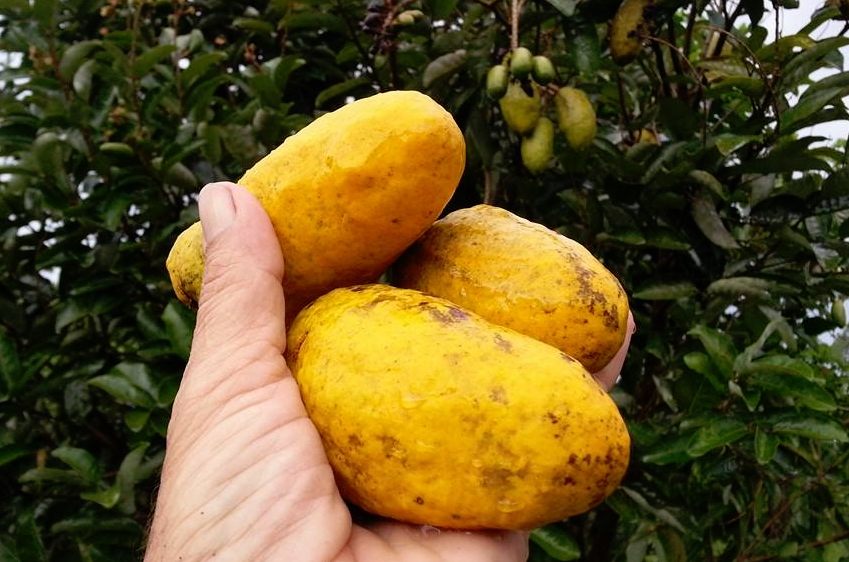


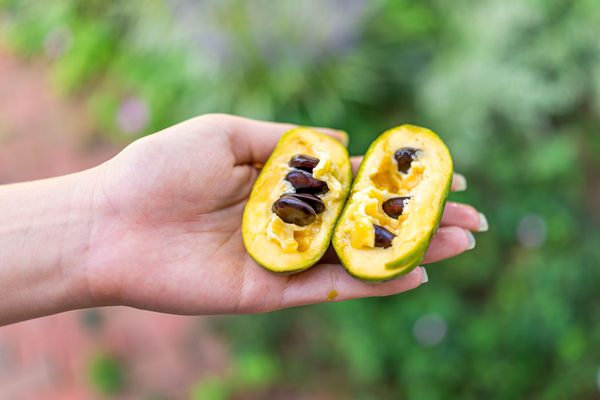
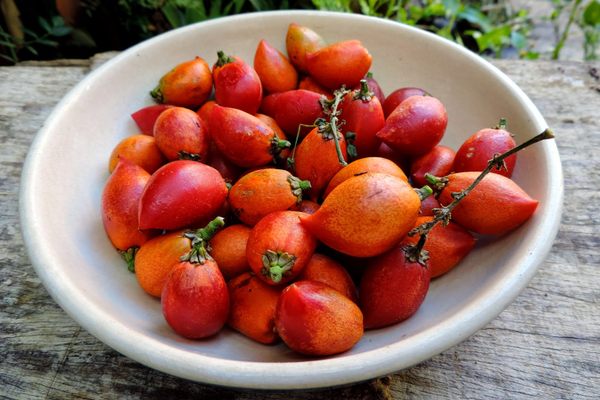
























Follow us on Twitter to get the latest on the world's hidden wonders.
Like us on Facebook to get the latest on the world's hidden wonders.
Follow us on Twitter Like us on Facebook